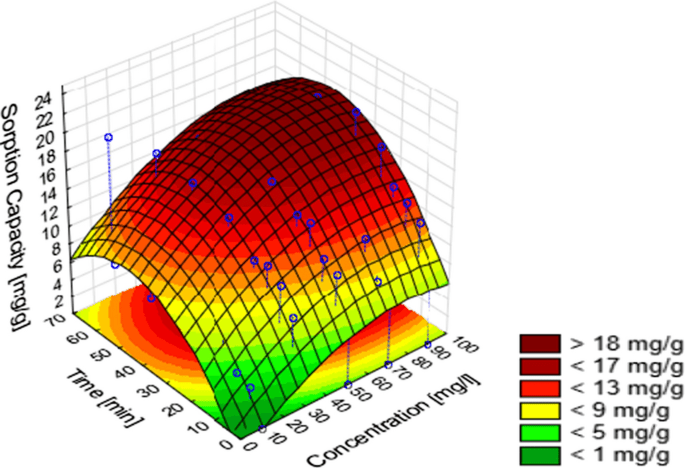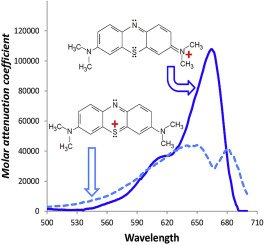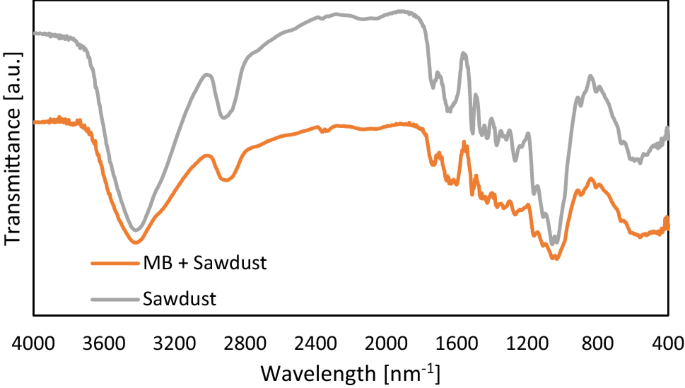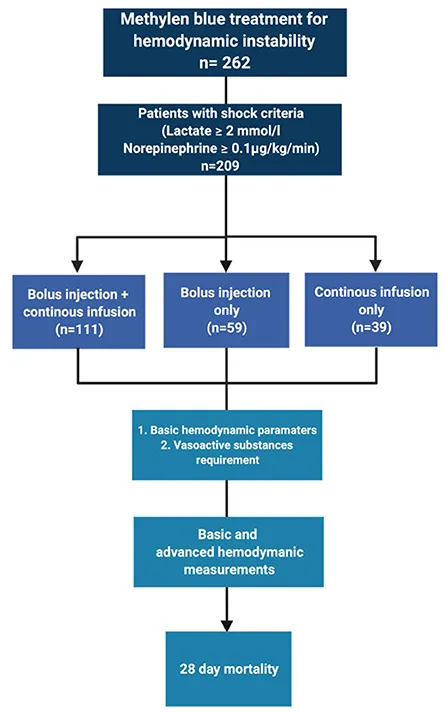
What factors should you consider when selecting the right concentration of methylene blue for your needs? This compound has a long history in various fields, including medicine, biology, and chemistry. Understanding how to choose the appropriate concentration is critical to achieving the desired results while minimizing potential risks.

Understanding Methylene Blue
Methylene blue is a synthetic dye originally developed in the 19th century. Its applications span across sectors, including microbiology, histology, and the treatment of certain medical conditions. Recognizing its diverse uses is essential when determining the suitable concentration for specific applications.
Common Applications of Methylene Blue
-
Medical Treatments: Methylene blue is notably used in treating methemoglobinemia, a condition where hemoglobin is unable to carry oxygen effectively. Understanding the concentration you need for treatment can significantly impact patient outcomes.
-
Laboratory Use: In microbiological labs, methylene blue serves as a vital stain that helps in distinguishing between different bacterial species. The concentration can affect staining quality and clarity.
-
Aquaculture: This compound is also applied in aquaculture to combat bacterial and fungal infections in fish. Here, selecting the right concentration is crucial for the health of aquatic life.
Properties of Methylene Blue
Methylene blue has unique chemical properties that influence how it interacts with biological systems. It is soluble in water and exhibits a blue color, making it easy to identify in various solutions. The compound’s redox properties allow it to participate in electron transfer reactions, which gives rise to its therapeutic effects.
Understanding these properties is fundamental when selecting a concentration, as they can affect absorption, distribution, and overall efficacy.
Determining the Right Concentration
Selecting the right concentration of methylene blue is not merely a process of picking a number; it involves various factors influenced by your specific application and the context in which you are using it.
Evaluating Application-Specific Needs
The purpose of your experiment or treatment dictates the concentration you should use.
-
Therapeutic Use: When using methylene blue therapeutically, such as for methemoglobinemia, clinical guidelines provide specific dosages that must be adhered to. Typically, dosages may range from 1-2 mg/kg body weight administered intravenously.
-
Laboratory Applications: In microbiology, concentrations may vary depending on bacterial strain sensitivity and the staining technique employed. Commonly, methylene blue concentrations range from 0.1% to 1% for effective staining.
-
Aquaculture Settings: Concentrations in aquaculture often depend on the type of infections being treated. Concentrations may range from 0.1 to 0.5 mg per liter, but it’s crucial to follow specific guidelines to avoid harming aquatic organisms.
Considering Patient or Subject Safety
Regardless of the intended use, safety is paramount. High concentrations of methylene blue can lead to toxicity in both humans and aquatic life.
-
Potential Side Effects: In medical applications, high doses can lead to adverse reactions, including skin discoloration, gastrointestinal upset, and even serotonin syndrome when taken with specific medications. Adhering to prescribed concentrations is vital to mitigating such risks.
-
Environmental Impact: In aquaculture, excessive concentrations can harm fish and plants in the water, leading to bioaccumulation and toxicity issues. Thus, careful dosing ensures the well-being of aquatic environments.
Consulting Existing Literature
Before making a decision, it is wise to consult existing literature. Academic and clinical studies often provide insights into successful concentrations used in various applications.
-
Clinical Guidelines: Refer to established protocols and guidelines for medical use. Resources from regulatory bodies like the CDC or WHO can also offer evidence-based recommendations.
-
Research Articles: Look for peer-reviewed articles detailing specific concentrations used in laboratory settings. These documents can shed light on best practices and experimental outcomes.
Factors Influencing Concentration Selection
Several elements can influence your choice of concentration when using methylene blue.
Purity of Methylene Blue
The purity of methylene blue can carry significant implications for your results. Impure compounds may have unpredictable effects and can require adjustments to concentration to achieve the intended outcome.
- Source Verification: Ensure you are obtaining methylene blue from reputable sources that provide Certificates of Analysis (CoA) to verify the compound’s purity.
Method of Administration
The method through which methylene blue is administered can also dictate the required concentration.
- Intravenous vs. Oral: For therapeutic applications, intravenous administration often requires lower concentrations due to direct entry into the bloodstream, while oral doses might necessitate higher concentrations to achieve systemic effects.
Interaction with Other Substances
Methylene blue may interact with other substances, leading to unpredictable effects. This can necessitate adjustments in concentration.
-
Drug Interactions: As noted, concurrent use with certain medications, particularly those affecting serotonin levels, necessitates careful dosing.
-
Biological Interactions: In laboratory experiments, the presence of enzymes or other chemicals can alter methylene blue’s effectiveness, often requiring margin adjustments to concentration levels for desired results.
Calculating the Correct Concentration
Calculating the appropriate concentration involves converting amounts into usable figures based on your requirements.
Concentration Formulas
Understanding the basic formulas to calculate concentration can streamline the decision-making process:
[ \text = \frac{\text}{\text} ]
This foundational formula can assist you in determining the necessary amount of methylene blue for your specific use case.
Example Calculation
If you are preparing a 0.1% solution of methylene blue and you want to make 100 mL:
- Required Mass: ( 0.1% ) means ( 0.1 ) grams of methylene blue per ( 100 ) mL of solution.
- Calculation:
- Required Mass = ( 0.1 , g )
- Solution Volume = ( 100 , mL )
You would dissolve ( 0.1 ) gram of methylene blue in enough water to make the total solution volume equal to ( 100 ) mL.

Recommended Concentrations for Different Uses
By understanding the concentrations commonly used in various applications, you can make informed decisions.
Therapeutic Applications
| Condition | Recommended Concentration | Route of Administration |
|---|---|---|
| Methemoglobinemia | 1-2 mg/kg | Intravenous |
| Urinary Tract Infections | 65 mg orally every 8 hours for 2 days | Oral |
Laboratory Applications
| Application | Recommended Concentration | Method |
|---|---|---|
| Gram Staining | 0.1% – 1% | Staining |
| Cell Viability Assay | 0.5% – 1% | Microscopy |
Aquaculture Applications
| Application | Recommended Concentration | Method |
|---|---|---|
| Fungal Treatment | 0.1-0.5 mg/L | Water treatment |
| Bacterial Treatment | 0.2-0.5 mg/L | Water treatment |
Monitoring Effects and Adjusting Concentration
After selecting and applying a concentration of methylene blue, monitoring its effects becomes paramount.
Observational Strategies
-
Patient Monitoring: In therapeutic settings, patients should regularly be assessed for any adverse reactions or improvement in symptoms after administration.
-
Lab Observations: Regular checks during microbiological experiments can help gauge the effectiveness of staining or treatment.
Adjusting Concentration
If you observe ineffective results or adverse reactions, it may be time to adjust the concentration.
-
Trial and Error: Particularly in lab settings, it is common to adjust concentrations based on observed results versus expected outcomes.
-
Consultation: When dealing with medical applications, consult relevant healthcare guidelines or practitioners before making changes to concentrations.

Safety Precautions When Using Methylene Blue
Understanding safety precautions is critical when handling methylene blue due to its potent chemical nature.
Personal Protective Equipment (PPE)
When using methylene blue in any context, wearing appropriate PPE is essential.
-
Gloves: Use nitrile gloves to prevent skin contact, as the dye can cause staining and irritation.
-
Eye Protection: Wearing goggles minimizes the risk of irritants splashing into the eyes.
-
Lab Coats: Appropriate lab attire protects against spills and contamination.
Labeling and Storage
Proper labeling and storing of methylene blue solutions can prevent accidental misuse and ensure safety.
-
Ensure all containers housing methylene blue are clearly labeled, noting concentration and date prepared.
-
Store compounds in a cool, dark place to maintain their stability and potency.
Conclusion
Choosing the right concentration of methylene blue encompasses a thorough understanding of its applications, interactions, and safety measures. By considering the specific needs of your project or treatment, evaluating existing literature, and adhering to established guidelines, you can achieve the best possible outcomes with this versatile compound. Regularly monitoring results and maintaining safety protocols are essential steps in ensuring effective and safe use. Your attentiveness to these factors not only enhances the quality of your work but also safeguards the well-being of subjects involved in your application of methylene blue.
